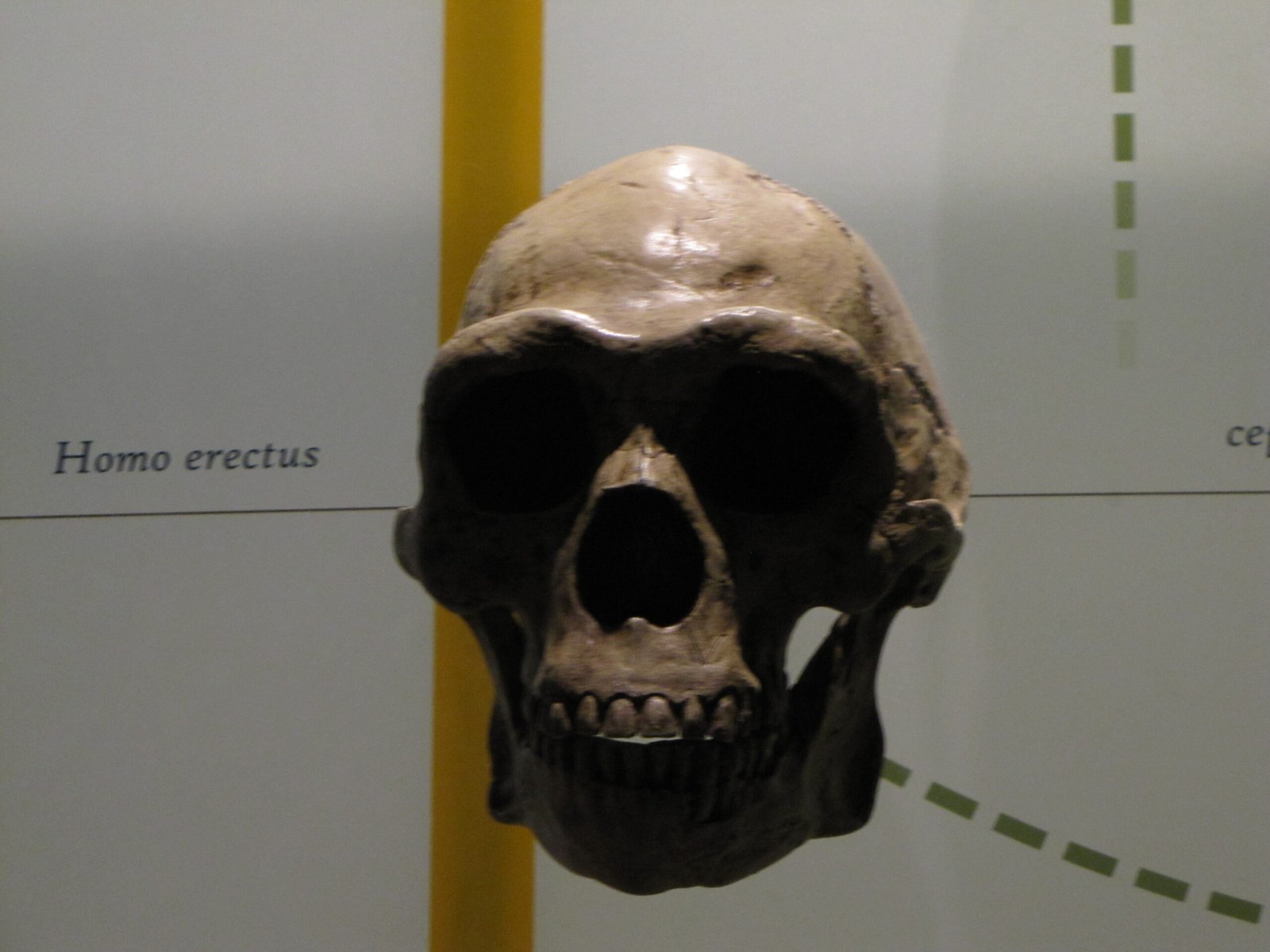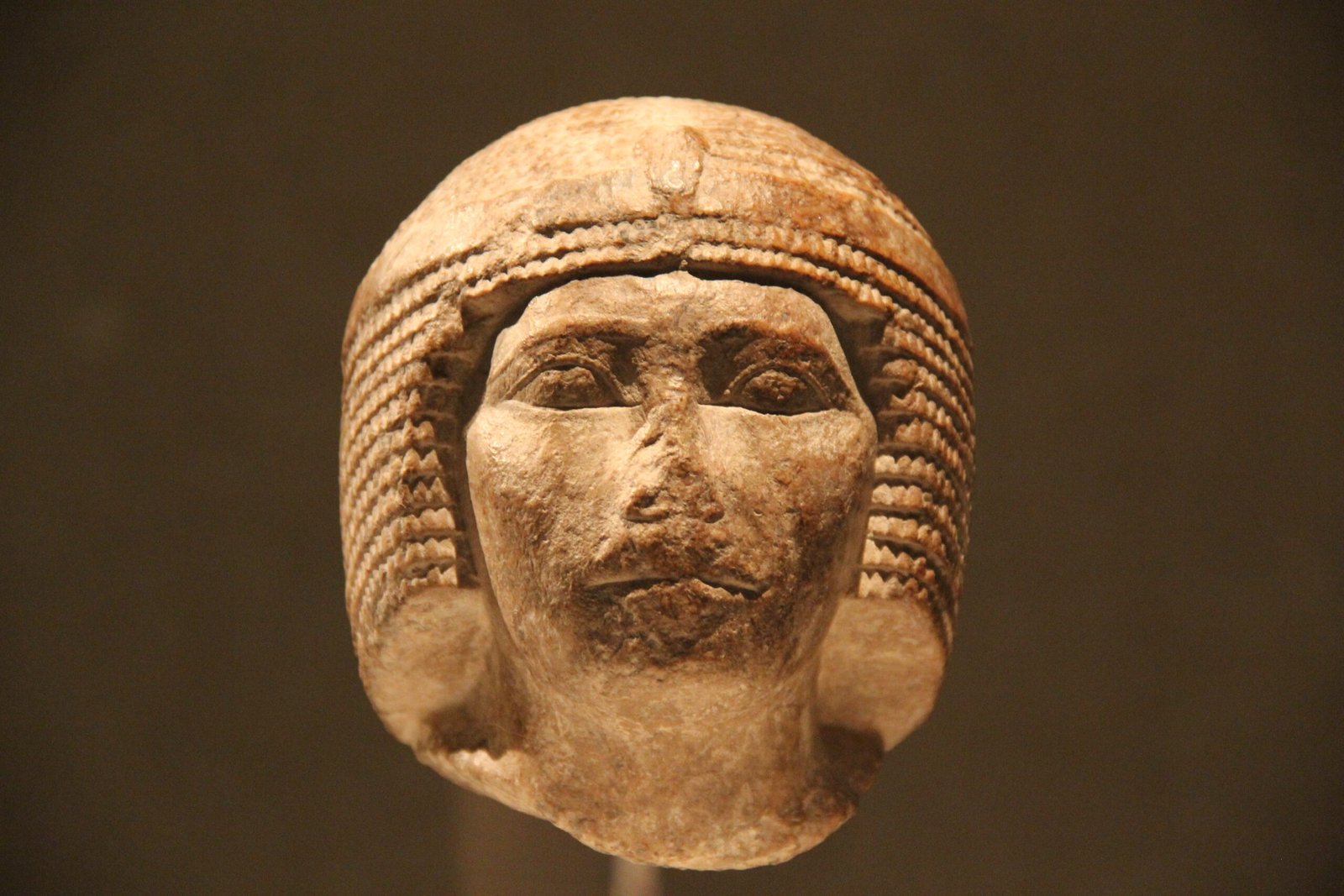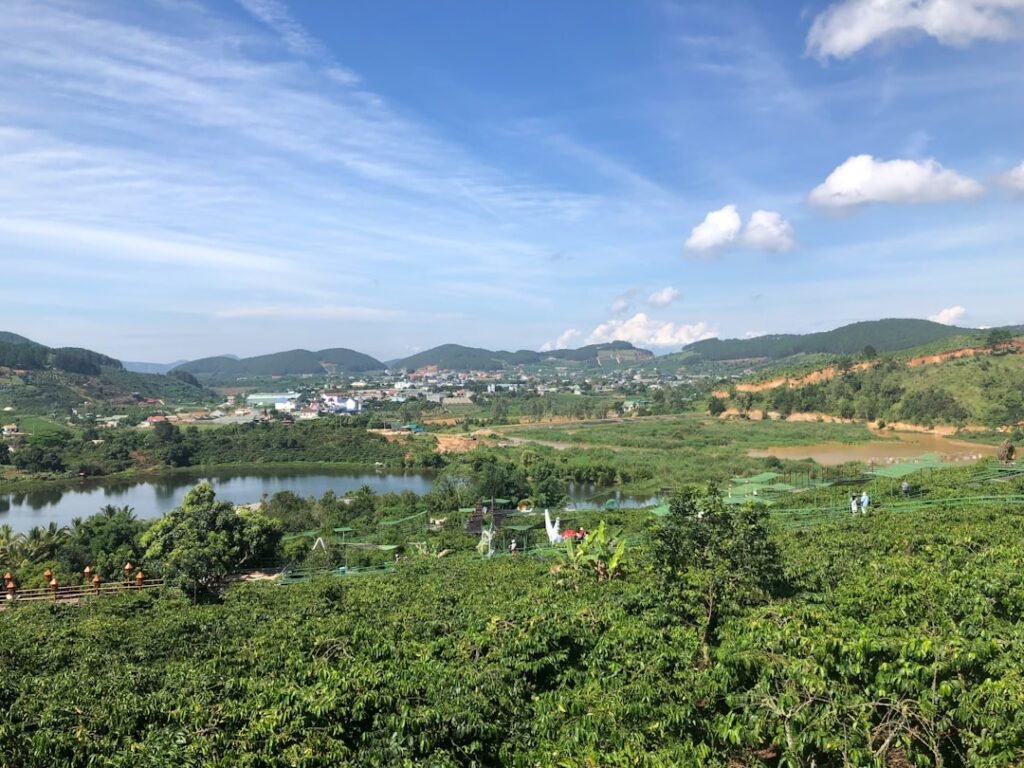Deep in the heart of Malaysia’s Perak state lies a valley that holds secrets older than any written history. The Lenggong Valley, stretching just 20 kilometers along the Perak River, has quietly witnessed the ebb and flow of human civilization for nearly two million years. This isn’t just another archaeological site—it’s a living testament to humanity’s incredible journey from our earliest ancestors to modern civilization.
The Discovery That Changed Everything

In 1991, archaeologist Zuraina Majid made a discovery that would rewrite the story of human migration in Southeast Asia. While excavating at Kota Tampan, she uncovered stone tools that dated back 1.8 million years, making them among the oldest evidence of human presence outside Africa. This finding shattered previous assumptions about when our ancestors first ventured into this region.
The implications were staggering. Here was proof that early humans didn’t just stumble into Southeast Asia—they had been thriving here for millennia. The discovery placed Malaysia firmly on the map of human evolutionary history, challenging the notion that advanced civilizations only emerged in the Middle East and Europe.
Peking Man’s Distant Cousins

The early inhabitants of Lenggong Valley weren’t modern humans as we know them today. They were likely Homo erectus, the same species that populated China as the famous Peking Man and Java as Java Man. These early hominids stood upright, used tools, and possessed the remarkable ability to adapt to diverse environments.
What makes the Lenggong findings particularly fascinating is how they bridge the gap between African origins and Asian settlements. These weren’t random wanderers but skilled survivors who had mastered fire, crafted sophisticated tools, and developed complex social structures. Their presence in the valley suggests a deliberate migration pattern that followed river systems and coastal routes.
Stone Tools Tell Ancient Stories

The stone implements discovered throughout Lenggong Valley read like chapters in humanity’s first instruction manual. From simple choppers and scrapers to more sophisticated hand axes, these tools reveal a progression of technological innovation spanning hundreds of thousands of years. Each artifact represents not just a tool, but a moment of human ingenuity frozen in time.
The most remarkable aspect of these discoveries is their sheer diversity. Unlike other archaeological sites that show gradual tool development, Lenggong Valley presents evidence of multiple technological traditions existing simultaneously. This suggests that different groups of early humans may have inhabited the region at various times, each bringing their own technological knowledge and cultural practices.
The Perak Man Revolution

In 2009, another groundbreaking discovery sent shockwaves through the archaeological community. The remains of Perak Man, dating back approximately 11,000 years, provided the first concrete evidence of Peninsular Malaysia’s earliest modern human inhabitant. Unlike the earlier Homo erectus findings, this skeleton belonged to our direct ancestors—Homo sapiens.
Perak Man’s discovery wasn’t just about age; it was about understanding the transition from prehistoric to historic human settlement. The burial site revealed sophisticated mortuary practices, including the use of ochre pigments and careful positioning of the remains. This evidence pointed to a complex belief system and social organization that challenged preconceptions about Stone Age societies.
Climate Change and Human Adaptation

The Lenggong Valley’s archaeological record provides a unique window into how early humans responded to dramatic climate changes. During the Pleistocene epoch, the region experienced multiple ice ages that dramatically altered sea levels and vegetation patterns. What’s remarkable is how human populations not only survived these changes but actually thrived.
Evidence suggests that during glacial periods, when sea levels dropped significantly, the Malay Peninsula was connected to Sumatra and Java by land bridges. This created opportunities for human migration and cultural exchange that would have been impossible during warmer periods. The valley’s inhabitants demonstrated remarkable adaptability, modifying their tool-making techniques and hunting strategies to match changing environmental conditions.
The Lenggong Archaeological Complex

Today, the Lenggong Valley encompasses four main archaeological sites: Kota Tampan, Bukit Bunuh, Bukit Jawa, and Bukit Kepala Gajah. Each site tells a different chapter of the human story, from the earliest stone tool traditions to more recent prehistoric settlements. This concentration of archaeological wealth in such a small area is virtually unprecedented in Southeast Asia.
The sites work together like pieces of a massive puzzle, each contributing unique insights into different periods of human occupation. Kota Tampan provides evidence of the earliest human presence, while Bukit Bunuh offers insights into meteorite impact and its effects on early human communities. This interconnected network of sites creates a comprehensive narrative of human development that spans nearly two million years.
Meteorite Impact and Human Survival

One of the most dramatic chapters in Lenggong Valley’s story involves a meteorite impact that occurred approximately 1.8 million years ago. Evidence from Bukit Bunuh suggests that early humans not only witnessed this cosmic event but managed to survive its aftermath. The impact created unique geological formations and may have influenced the development of local tool-making traditions.
The meteorite impact theory adds an almost science-fiction element to the valley’s archaeological narrative. Imagine early humans looking up at the sky to see a massive fireball streaking overhead, followed by the ground-shaking impact that would have sent shockwaves throughout the region. Their ability to survive and continue thriving after such a catastrophic event demonstrates remarkable resilience and adaptability.
Tool Technology Evolution

The progression of stone tool technology in Lenggong Valley mirrors the broader story of human intellectual development. The earliest tools were simple choppers and scrapers, created by striking one stone against another to produce a sharp edge. Over time, these evolved into more sophisticated implements that required advanced planning and skill to create.
What’s particularly interesting is how tool technology seemed to stagnate for long periods before experiencing sudden bursts of innovation. This pattern suggests that technological advancement wasn’t always linear but occurred in response to specific environmental challenges or cultural exchanges. The valley’s tool assemblages provide evidence of both continuity and change across vast time periods.
The UNESCO World Heritage Recognition

In 2012, the Lenggong Valley received UNESCO World Heritage status, officially recognizing its global significance to human history. This designation places the valley alongside other iconic archaeological sites like Stonehenge and the Great Wall of China. The recognition has brought international attention to Malaysia’s rich prehistoric heritage and the importance of preserving these irreplaceable archaeological resources.
The UNESCO designation wasn’t just about prestige—it represented a crucial step in protecting the valley’s archaeological treasures for future generations. With increased tourism and development pressure, the World Heritage status provides legal protection and international oversight that helps ensure these ancient sites remain intact for future research and public education.
Modern Research Techniques Unlock Ancient Secrets

Today’s archaeologists are using cutting-edge technology to unlock secrets that previous generations of researchers could never have imagined. Advanced dating techniques, DNA analysis, and 3D modeling are revealing new insights about the valley’s ancient inhabitants. These modern methods are literally rewriting the textbooks on human migration and settlement patterns.
Ground-penetrating radar has revealed previously unknown archaeological deposits, while microscopic analysis of stone tools is providing insights into how they were made and used. Environmental DNA extracted from sediment layers is revealing information about ancient climates and ecosystems. These technological advances are transforming our understanding of how early humans lived, worked, and adapted to their environment.
The Great Migration Routes

The Lenggong Valley’s location along the Perak River wasn’t accidental—it represents a crucial waypoint along one of humanity’s great migration routes. Early humans likely followed river systems and coastal plains as they spread from Africa through the Middle East and into Asia. The valley’s strategic position made it a natural stopping point for these ancient travelers.
Evidence suggests that the valley served as both a temporary camp and a permanent settlement for various groups over hundreds of thousands of years. The consistent availability of water, abundant wildlife, and suitable stone for tool-making made it an ideal location for human habitation. This combination of factors explains why the valley contains such a rich and continuous archaeological record.
Cultural Exchange and Innovation

The archaeological record suggests that Lenggong Valley wasn’t just a place where humans lived—it was a hub of cultural exchange and innovation. Different groups passing through the region would have shared knowledge, techniques, and possibly even genetic material. This cultural mixing may have accelerated technological development and social evolution.
Evidence of this exchange can be seen in the variety of tool-making traditions found throughout the valley. Rather than showing a single, linear progression, the archaeological record reveals multiple technological approaches existing simultaneously. This diversity suggests that the valley was a meeting place where different human groups encountered each other and shared their knowledge and skills.
Environmental Reconstruction

Scientists have painstakingly reconstructed the ancient environment of Lenggong Valley, revealing a landscape that was dramatically different from today’s tropical setting. During various periods, the region experienced different climate conditions, from tropical rainforests to more open grasslands. These environmental changes had profound impacts on human settlement patterns and survival strategies.
Pollen analysis from sediment cores has revealed the types of plants that grew in the valley over hundreds of thousands of years. Animal remains provide insights into the wildlife that early humans hunted and the ecosystems they inhabited. This environmental reconstruction helps us understand how human populations adapted to changing conditions and how they influenced their environment in return.
Artistic Expression and Symbolic Behavior

While the Lenggong Valley is primarily known for its stone tools and human remains, there’s also evidence of early artistic expression and symbolic behavior. Rock art, carved bone artifacts, and the use of ochre pigments suggest that these ancient humans had developed sophisticated forms of communication and artistic expression. These findings challenge the notion that early humans were merely focused on survival.
The presence of burial goods and deliberate mortuary practices indicates that these ancient people had developed complex belief systems about death and the afterlife. The careful positioning of remains and the inclusion of tools and pigments in burials suggests a sophisticated understanding of ritual and ceremony that goes far beyond basic survival needs.
Impact on Modern Understanding

The discoveries at Lenggong Valley have fundamentally changed how we understand human migration and settlement patterns. The evidence challenges previous theories about when and how humans first reached Southeast Asia, pushing back the timeline by hundreds of thousands of years. This has implications for our understanding of human evolution, cultural development, and the spread of technology.
The valley’s archaeological record also provides crucial data for understanding how humans have historically responded to climate change and environmental challenges. As modern societies grapple with similar challenges, the lessons from Lenggong Valley offer valuable insights into human adaptability and resilience. The ancient inhabitants’ ability to survive and thrive through dramatic environmental changes provides both inspiration and practical knowledge for contemporary challenges.
Conservation Challenges and Future Research

Despite its UNESCO World Heritage status, the Lenggong Valley faces ongoing conservation challenges. Development pressure, erosion, and human interference threaten to destroy irreplaceable archaeological deposits. Climate change is also affecting the preservation of organic materials and the stability of archaeological sites.
Future research plans include expanded excavations at existing sites and the exploration of new areas within the valley. Advanced dating techniques may push back the timeline of human occupation even further, while environmental DNA analysis could reveal new insights about ancient ecosystems and human-environment interactions. International collaboration continues to bring new perspectives and technologies to the ongoing investigation of this remarkable archaeological landscape.
The Living Laboratory

What makes Lenggong Valley truly special is that it’s not just a collection of ancient artifacts—it’s a living laboratory where researchers continue to make new discoveries. Each excavation season brings new insights, new questions, and new understanding about our shared human heritage. The valley represents one of the most complete records of human occupation available anywhere in the world.
The ongoing research at Lenggong Valley is contributing to our understanding of human evolution, migration patterns, and cultural development in ways that extend far beyond Southeast Asia. The lessons learned here are helping to piece together the global story of human dispersal and adaptation. As new technologies emerge and research techniques advance, the valley will undoubtedly continue to reveal new secrets about our ancient past.
Conclusion

The Lenggong Valley stands as a remarkable testament to human endurance, innovation, and adaptability across nearly two million years. From the earliest stone tools of Homo erectus to the sophisticated burial practices of early modern humans, this small Malaysian valley has preserved an unparalleled record of human development. The discoveries here have rewritten our understanding of when and how humans first reached Southeast Asia, challenging long-held assumptions about migration patterns and technological development.
The valley’s significance extends beyond its archaeological treasures to offer crucial insights into how humans have historically responded to environmental challenges and climate change. As we face our own environmental uncertainties, the lessons from Lenggong Valley remind us of humanity’s remarkable capacity for adaptation and survival. The ancient inhabitants who called this valley home for countless generations have left us more than just stone tools and bone fragments—they’ve left us a blueprint for resilience that continues to inspire and inform our understanding of what it means to be human.
What secrets might still lie buried in the sediments of this ancient valley, waiting to reshape our understanding of human history once again?



